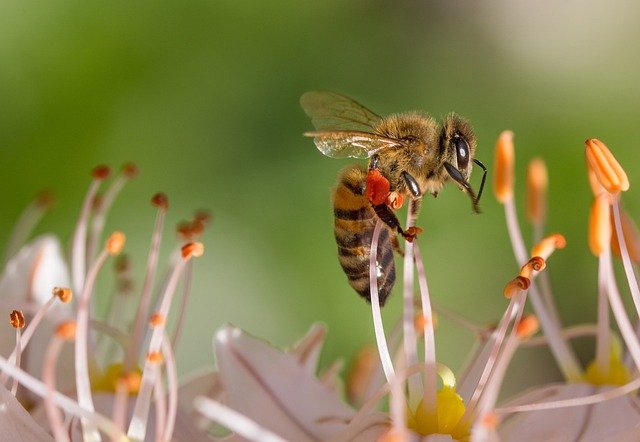The most common cancer among women worldwide is breast cancer, and the number of women diagnosed with the disease is rising annually as a result of new diagnostic tools and lifestyle changes. General treatments for breast cancer include surgery and chemotherapy; nevertheless, patients’ quality of life suffers during treatment due to side effects.
Toxins are being studied for their potential as anticancer agents, and various treatment methods are being studied to reduce the effectiveness of these treatments. Due to its analgesic and anti-inflammatory properties, the bee venom found in a honeybee’s single bag is a substance with approximately 40 active ingredients. It has been used to treat related diseases.
Melittin, the mast cell degranulating peptide, apamin, enzymes (such as phospholipase A2 and hyaluronidase), and amino acids are just a few of the active components found in bee venom [14]. Melittin, the main component of bee venom that causes pain, makes up 40–60 percent of the venom’s composition. Ovarian cancer, prostate cancer, and human malignant hepatocellular carcinoma have all been successfully treated with bee venom and melittin. Bee venom and melittin’s therapeutic effects on breast cancer have also been studied.
Doxorubicin (DOX) and 5-fluorouracil (FU) are potent antitumor agents that are frequently utilized in the treatment of breast cancer and colon cancer, respectively. However, the development of drug resistance and its side effects limit their clinical application. Honeybee venom has been shown to be effective against a variety of cancer cells because it is a complex mixture of substances. Melittin, an amphipathic peptide with a positive charge that interacts with the phospholipids of the cell membrane to form pores that enable the internalization of small molecules with cytotoxic properties, is the active ingredient. and as a result, resulting in cell death. In vitro, in vivo, and in clinical trials, some drugs for the central nervous system (CNS) have recently demonstrated significant anti-cancer potential, making them promising candidates for drug repurposing in oncology.
MCF-7 cells, repurposed drugs, and honeybee venom all performed better against cancer than DOX, particularly at lower concentrations. For each concentration range, less than 40% of viable cells were found when fluoxetine and thioridazine were combined with the venom of honeybees. These results demonstrate that, at lower concentrations, honeybee venom and repurposed drugs and chemotherapeutics can enhance their anti-cancer activity in both cell lines. Honeybee venom’s bioactive potential can be used to treat colon and breast cancer by itself or in conjunction with chemotherapy or repurposed medications.

